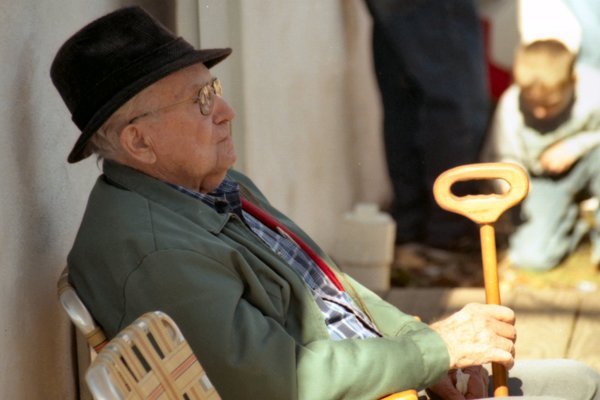Those of the baby boomer generation – born between 1946 and 1964 – are among the people to populate the country and make up the face of seniors in the coming years. The earlier crowd of baby boomers started turning 65 in 2011, and by 2050, the number of elderly will double, according to a U.S. Census Bureau report released on Tuesday.
In 2012, the number of seniors was 43 million. Over the next four decades that number will grow to 84 million, according the latest estimates from the Census Bureau. This also means the number of seniors will outnumber those age 18 and younger.
From the government’s standpoint, this will mean additional challenges to the Social Security and Medicare system. The change in demographics will also ultimately impact “families, businesses and health care providers,” according to the researchers of the report.
The United States is not alone on demographic changes. Other developed countries like Japan, Germany and Italy will also see similar changes. One thing that is different is the U.S. will still be “younger than most other developed countries,” researchers in the report said.
By 2030, the Census estimates other developed countries will have its population of seniors at more than one-quarter, while America’s population of seniors will make about a fifth (20 percent) of the population.
While everyone ages, the number of baby boomers will go from 60 million by 2030 to only 2.4 million by 2060. The demographics will also become more diverse with the ethnic minority expected to make up 39.1 percent in 2050, compared to 20.7 percent in 2012.
[Source: United States Census Bureau]










